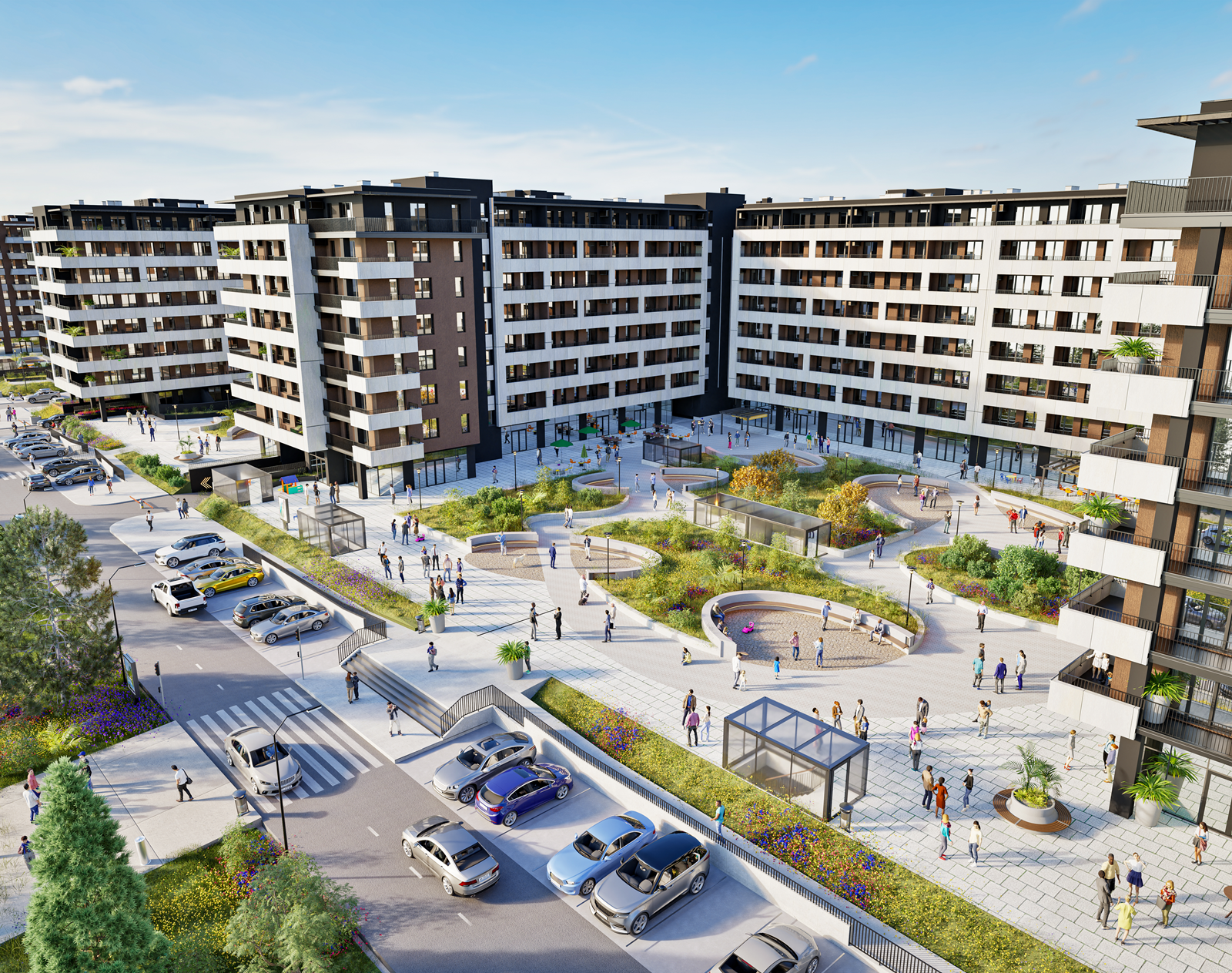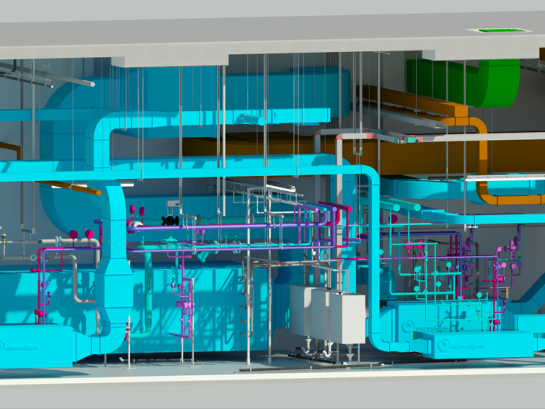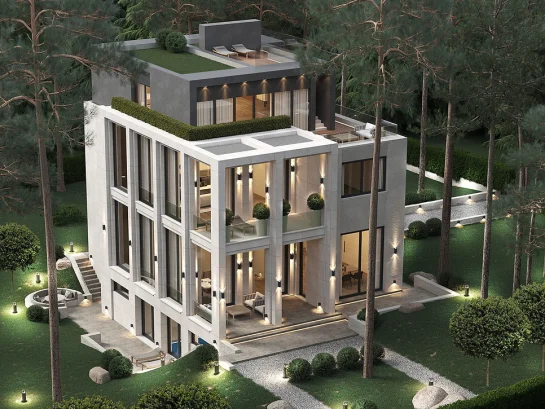The new regulation book for ventilation and smoke control in garages brings stricter requirements that will affect the design and functionality of the systems.
Car Park Ventilation
The minimum air flow in regular ventilation mode now requires six complete air changes per hour, which is a significant increase compared to the previous standard (6 m³/h per square meter of garage). This change requires the installation of larger fans, which increases energy consumption. Experts point out that, along with the increase in the number of electric cars and the reduction of harmful gas emissions, the influence of moisture in garages, which could become a problem, should also be considered.
Smoke control and smoke extraction
The biggest changes relate to smoke removal systems, which move from the concept of “smoke clearance” to “smoke control”. The new requirements in Article 45 require compliance with the document SRPS CEN/TS 12101-11:2022, which is not a standard, but a technical specification with a limited validity period.
The following are the key changes:
-
Start of main fans three minutes after sprinkler activation or smoke confirmation.
-
The possibility of fan operation in reduced mode before the fire is confirmed.
-
Limiting smoke sectors to 2,500 m² for underground and 5,000 m² for above-ground garages, although jet fans, according to the document, do not require smoke sectors.
Experts point to problems with the implementation of this technical report, including non-adjusted work sequences and ambiguities in the design of CFD analyses, which must now be more precise and require more advanced simulation methods.
Problems with harmonizing rules and standards
In the part related to overpressure in garages, the rulebook requires achieving a pressure of 50 Pa ±10%, which is not in accordance with the new standards SRPS EN 12101-6:2022 and SRPS EN 12101-13:2022, which allow more flexible values. This inconsistency opens up space for dilemmas regarding the application of regulations and standards.
Conclusion
Changes in regulations require adaptation of technical solutions, which can significantly increase the costs of system design and installation. Experts warn of ambiguities and potential problems in the application of new regulations, especially in connection with alignment with non-harmonized standards. Further analyzes and consultations with competent institutions are necessary in order to avoid design errors and ensure the safety of users.




